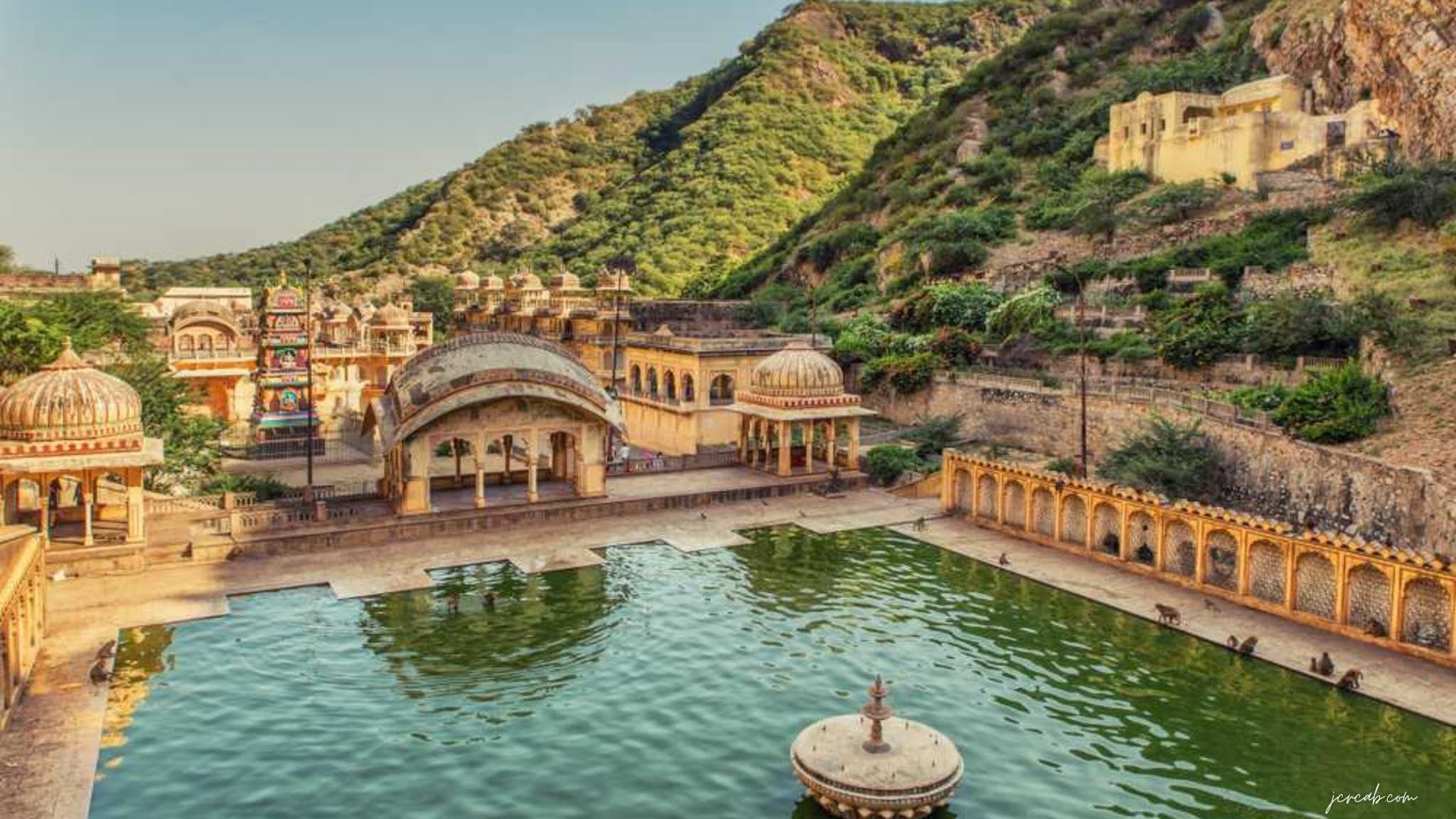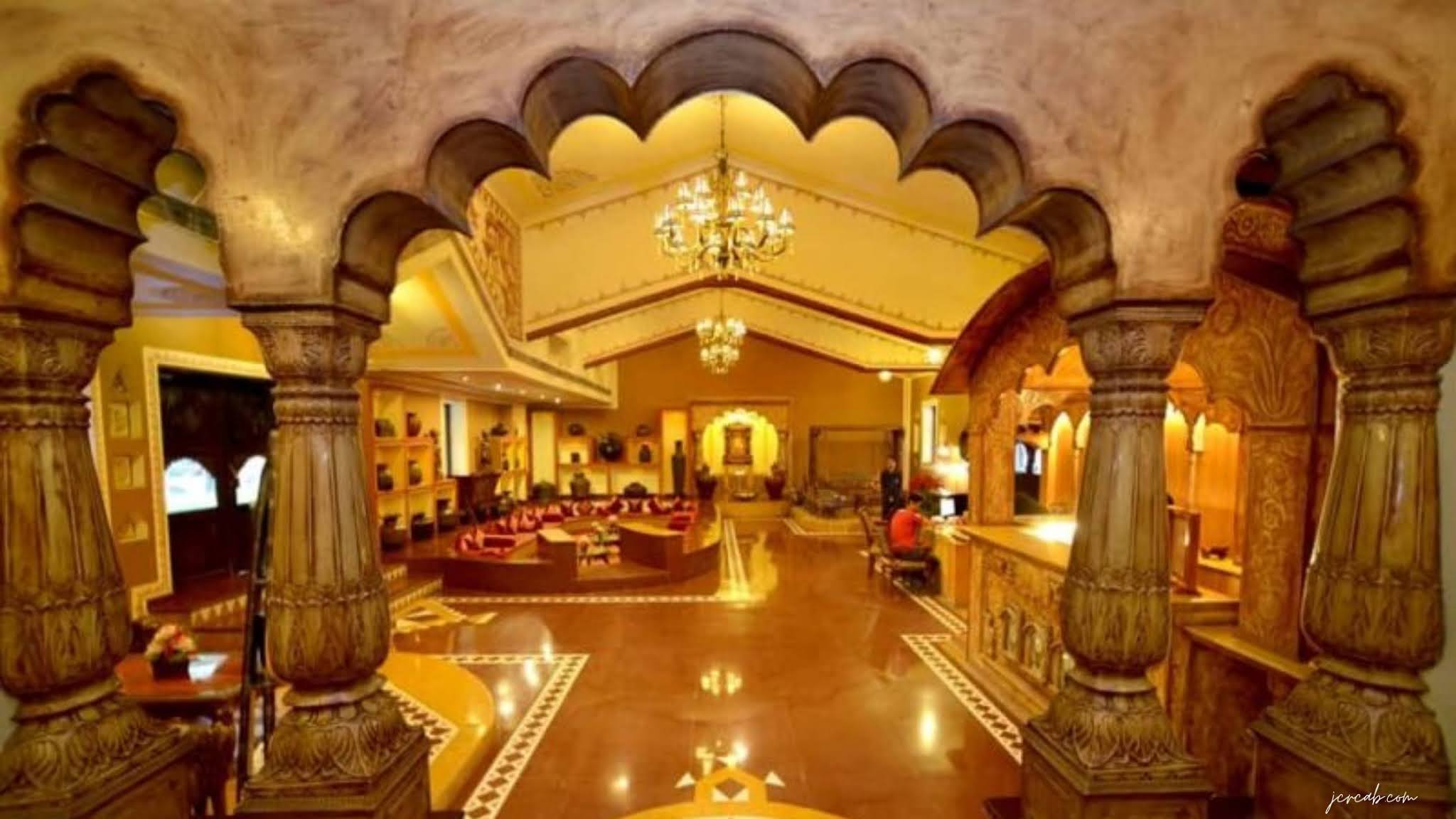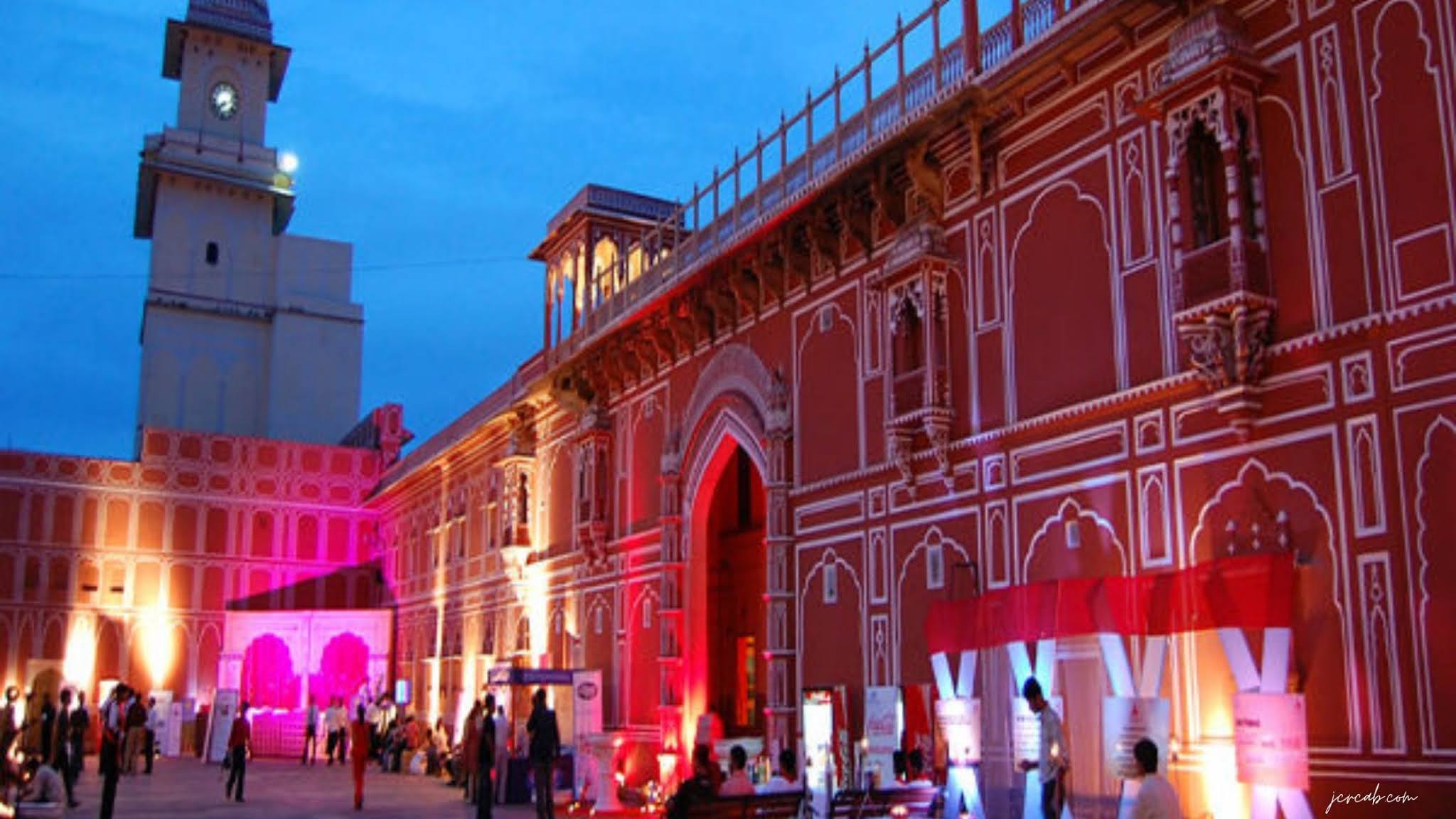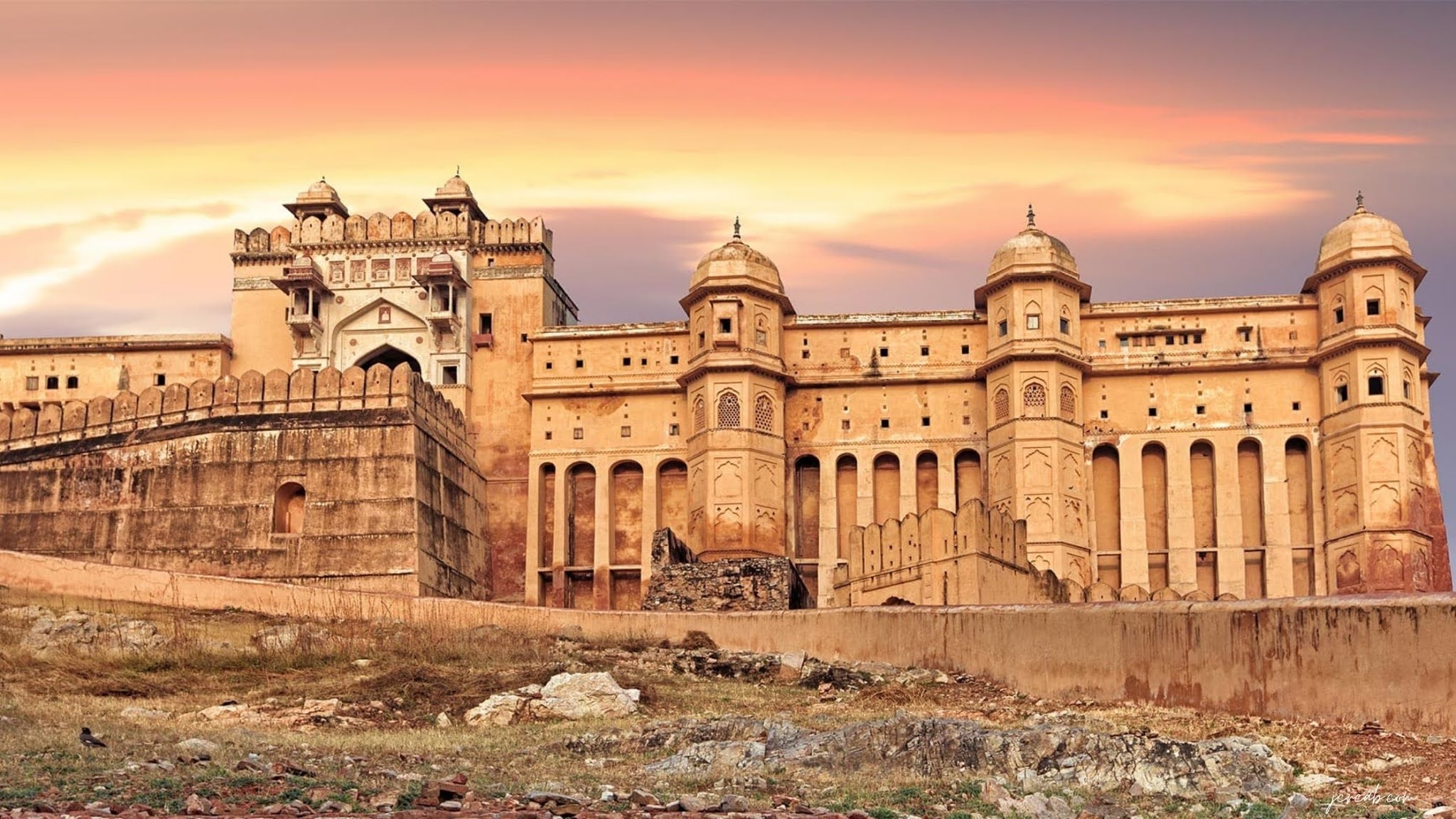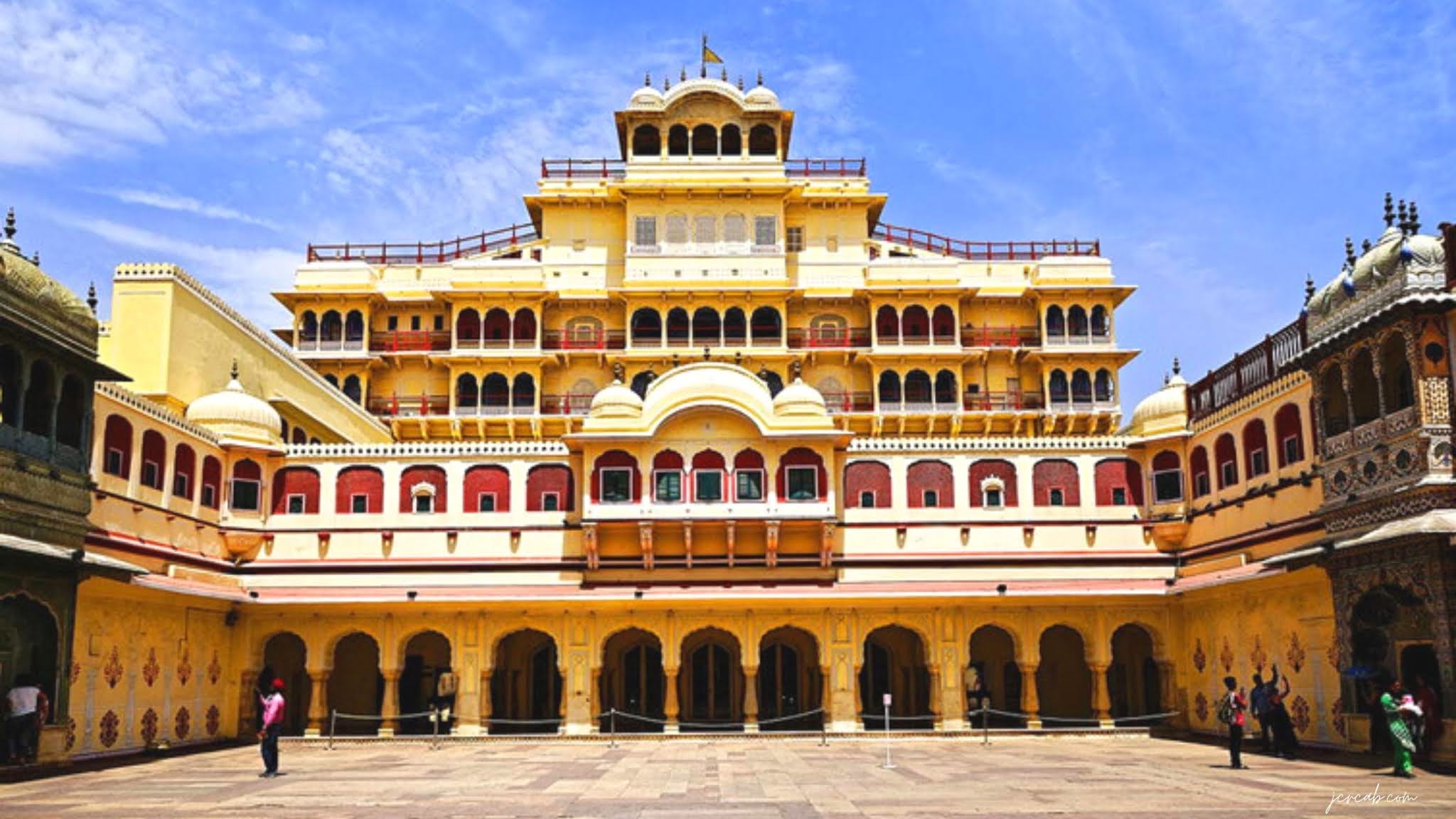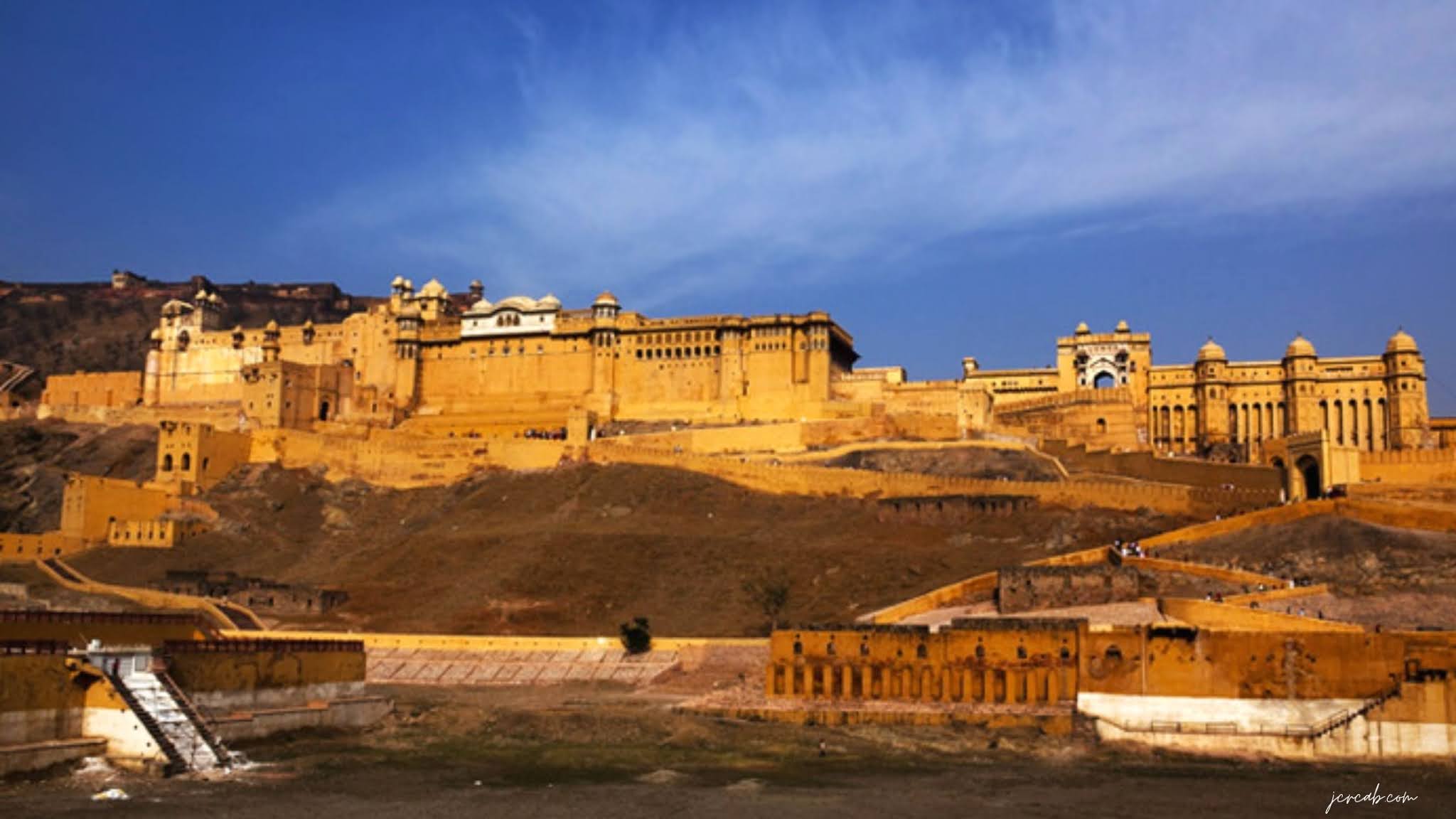History of Galtaji Temple
The magnificent pink sandstone structure of Galtaji Temple was built by Dewan Rao Kriparam who was the courtier of Sawai Raja Jai Singh II. Galtaji has been a haven for Puri belonging to the Ramanandi sect and occupied by the Jogis since the early 16th century.
It is also told that Saint Galav spent all his life in this holy place for a hundred years while doing penance. Pleased with his devotion, God appeared to him and blessed his holy place with holy water. Let us tell that to worship this saint or sage, Galtaji Temple was built and this temple is named after him. Ace is also said to have written volumes of the sacred Ramacharitra Manas by Tulsidas at this place. Choose a fleet and rent a cab service in jaipur for a closer look at galtaji temple with JCR CAB.
The architecture of Galtaji Temple
Galtaji Temple is situated in the Aravalli hills and is surrounded by dense plush trees and shrubs. The temple is decorated with painted walls, round ceilings, and columns. Lord Ram, Lord Krishna, and Lord Hanuman temples are also located inside this pre-historic Hindu temple. One of the most special sightseeing places of Jaipur, the complex of this temple has natural freshwater springs and seven sacred 'kundas' or water tanks. Of all these kunds, the wrong kund (Galta Kund) is considered the most sacred and it never dries. Here pure and clear water flows from Gaumukh.
Also Read:
- Complete information about visiting the Albert Hall Museum of Jaipur
- History of Jantar Mantar and information about roaming
Water tank in Galtaji temple
Let me tell you that Ghalji Temple is most religious and revered for its natural water springs. The water circulates automatically in the premises of this temple and gets collected in tanks. The most important thing about this natural waterfall is that its water never dries, which surprises the tourists who come here. Along with this, Galta Kund is the holiest of the seven tanks in the temple complex. Taking a dip in this sacred tank on the special occasion of the Makar Sankranti festival every year is considered very auspicious.
Best time to visit Galtaji Temple
The best time to visit Galtaji Temple is during the months of February-March and October-December as the weather is very pleasant during that time. Traveling to this place during summer can be very inconvenient, so it is better to avoid visiting here during this season. Every year at the time of the Makar Sankranti festival in January, there is a huge crowd of Galtaji Temple tourists and pilgrims to take a dip in the holy water of Kund. If you want to see the fascinating view of the monkeys coming to the temple pools for bathing, then visiting the temple in the evening will be most special.
How to reach Galtaji temple by road
If you want to travel to Jaipur by road, then let us know that many deluxe and state buses are available from various cities of India. Booking a JCR CAB taxi for traveling to the city is the best option as it can prove to be comfortable for you.
_____ _
+919799735500
info@jcrcab.com
https://www.jcrcab.com/

